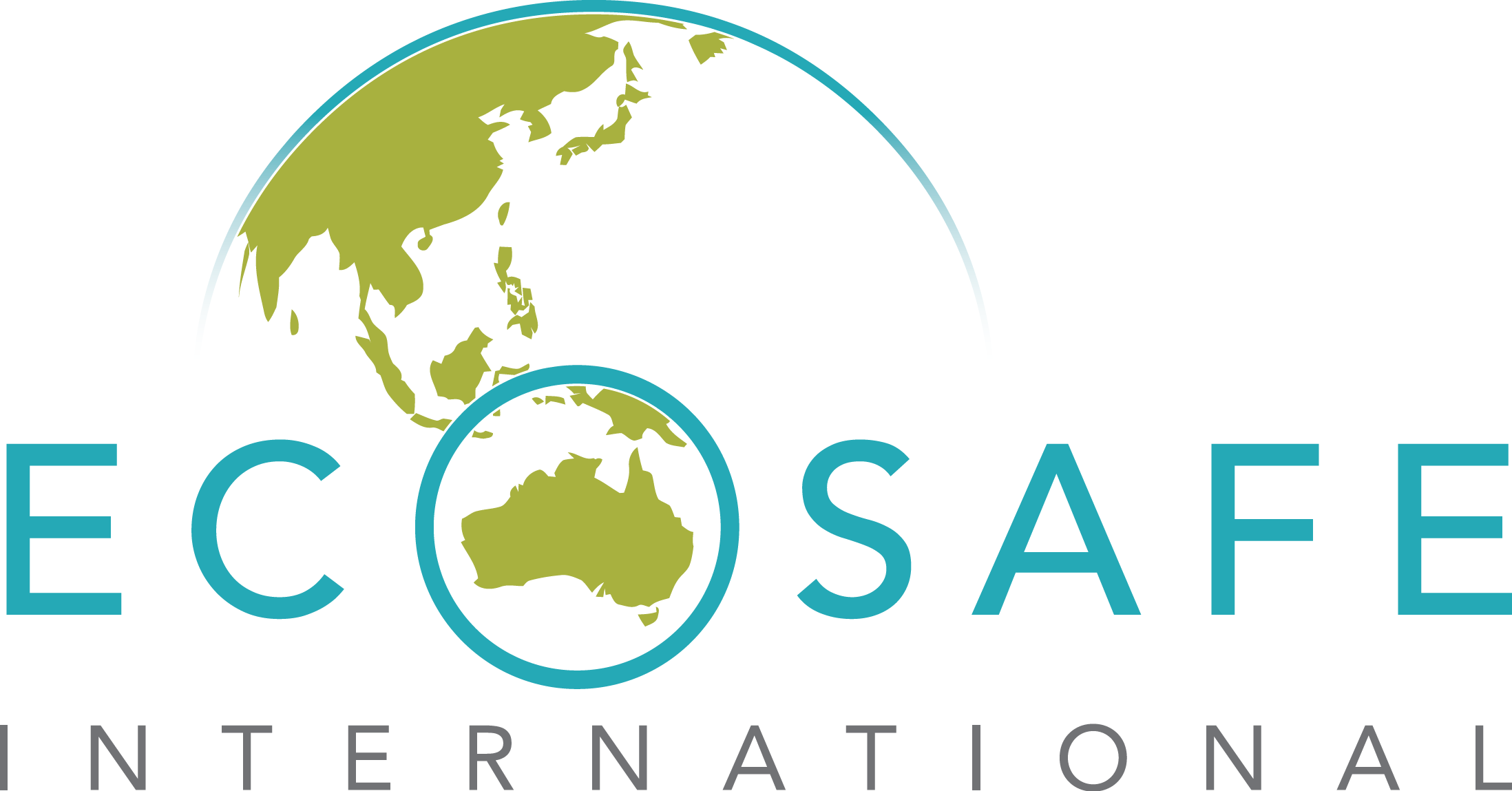
Awareness of water quality concerns, how we manage water quality and the drivers for change continue to evolve in Australia and around the world. The media continues to focus on issues locally and globally, highlighting the ongoing attention being given to water safety. This is driving greater public awareness, which in turn is placing pressure on authorities and highlighting the need for a review of relevant regulations, Australian Standards and associated guidelines. Furthermore, the need for improved plumbing practices and overarching water management strategies (including awareness of plumbing and water industry personnel) has been recognised.
The reality remains that water quality risks and challenges are not dissipating and are not isolated to lead and Legionella. Rather, what is required is a holistic, informed and risk-based approach to ensure the required water quality outcomes are achieved in a practical and cost-effective manner.
At a building / facility level, an effective water management strategy should include the following key items as a minimum:
- Establishment of a Water Quality Risk Management Team (WQRMT)
- Facility water quality risk assessment (recommend HACCP approach)
- Development of site specific Water Quality Risk Management Plan (WQRMP)
- Implementation of the WQRMP which includes:
- Operational and verification monitoring program
- Competency and awareness training
- Water quality incident response protocols (IRPs)
- Documentation and reporting
- Auditing and review processes
- Continual improvement
Effective water quality risk management is not insurmountable, but should be viewed as a journey of improvement that requires intentional action.
Contact us online or call 1300 73 93 73
Connect with us on Facebook
